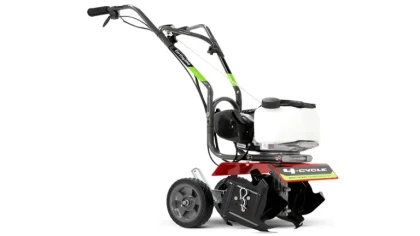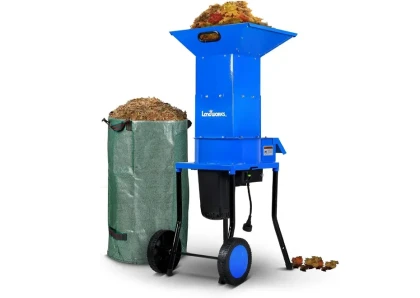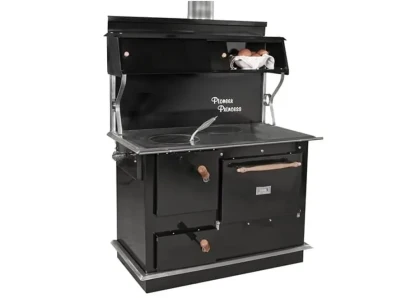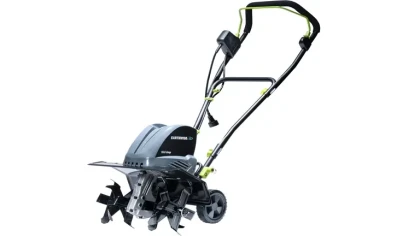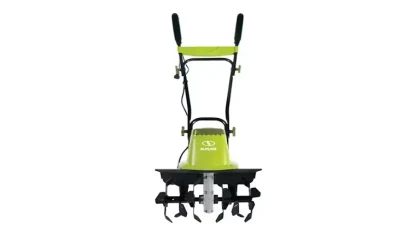
Mat Timbers
Overview
Mat Timber is a durable and versatile wood material used in construction, furniture, and flooring. It is made from various types of wood, such as pine, oak, and maple, known for their strength and durability. Mat Timber is cost-effective and widely used in creating temporary roadways, staging areas, and work pads in construction. It also finds applications in furniture making and flooring, adding both functionality and aesthetic appeal. With its adaptability and modular design, Mat Timber provides tailored solutions for different projects. Regular maintenance and sourcing from reputable suppliers ensure its longevity and optimal performance.
Types of Mat Timber
There are many different types of mat timber available, each with its own unique properties and uses. Some of the most common types of mat timber include:
- Hardwood: Hardwood is made from the dense wood of trees such as oak, maple, and teak. It is strong, durable, and resistant to rot and decay. Hardwood mat timber is a good choice for heavy-duty applications such as construction and industrial use
- Softwood: Softwood is made from the less dense wood of trees such as pine, spruce, and fir. It is less expensive than hardwood, but is also less durable. Softwood mat timber is a good choice for lighter-duty applications such as landscaping and garden use.
- Composite: Composite mat timber is made from a combination of wood, plastic, and other materials. It is strong, durable, and resistant to rot and decay. Composite mat timber is a good choice for applications where weight and cost are important factors.
Benefits of using Mat Timber
- Strength: Mat Timber is a very strong wood, making it ideal for use in construction projects.
- Durability: Mat Timber is also very durable, making it a good choice for outdoor applications.
- Versatility: Mat Timber can be used for a variety of different purposes, making it a versatile wood.
- Inexpensive: Mat Timber is a relatively inexpensive wood, making it a good choice for budget-minded projects.
Sizes and Thicknesses of Mat Timber
Mat timber is available in a variety of sizes and thicknesses. The size and thickness of the mat timber will depend on the specific application. For example, mat timber used for construction will need to be larger and thicker than mat timber used for landscaping.
Finishes for Mat Timber
Mat timber can be finished with a variety of finishes, each with its own unique properties and looks. Some of the most common finishes for mat timber include:
- Oil: Oil finishes protect the wood from the elements and make it look more natural.
- Varnish: Varnish finishes protect the wood from the elements and make it look more shiny.
- Paint: Paint finishes can be used to change the color of the wood and make it look more decorative.
Treated options for mat timber
- Pressure-treated timber: Pressure-treated timber is treated with a chemical solution that makes it resistant to rot, decay, and insects. It is a good choice for applications where the timber will be exposed to the elements or where it will be in contact with moisture.
- Heat-treated timber: Heat-treated timber is treated with heat that makes it resistant to rot, decay, and insects. It is a good choice for applications where the timber will be exposed to high temperatures.
- Fire-retardant treated timber: Fire-retardant treated timber is treated with a chemical solution that makes it resistant to fire. It is a good choice for applications where the timber will be exposed to fire.
The best treated option for mat timber will depend on the specific application. For example, pressure-treated timber is a good choice for mat timber that will be used in a wet environment, such as a boat dock. Heat-treated timber is a good choice for mat timber that will be exposed to high temperatures, such as a barbecue grill. Fire-retardant treated timber is a good choice for mat timber that will be exposed to fire, such as a fire pit.
The best treated option for mat timber will depend on the specific application. For example, pressure-treated timber is a good choice for mat timber that will be used in a wet environment, such as a boat dock. Heat-treated timber is a good choice for mat timber that will be exposed to high temperatures, such as a barbecue grill. Fire-retardant treated timber is a good choice for mat timber that will be exposed to fire, such as a fire pit.
Here are some additional benefits of using treated mat timber:
- Increased durability: Treated mat timber is more durable than untreated mat timber and can withstand more wear and tear.
- Reduced maintenance: Treated mat timber requires less maintenance than untreated mat timber and will last longer.
- Improved appearance: Treated mat timber can be treated with a variety of finishes to improve its appearance.
Here are some of the uses of Mat Timber
- Construction: Mat Timber is often used in construction projects, such as building houses, decks, and fences.
- Furniture: Mat Timber is also used to make furniture, such as tables, chairs, and beds.
- Flooring: Mat Timber is also used for flooring, both indoors and outdoors.
Cost of Mat Timber
The cost of mat timber varies depending on the type, size, and thickness of the timber. Hardwood mat timber is typically more expensive than softwood mat timber. Composite mat timber is typically more expensive than either hardwood or softwood mat timber.
Environmental Impact of Mat Timber
The environmental impact of mat timber varies depending on the type of timber and the way it is harvested. Hardwood mat timber is typically harvested from managed forests, which can have a positive impact on the environment. Softwood mat timber is typically harvested from non-managed forests, which can have a negative impact on the environment. Composite mat timber is typically made from recycled materials, which can have a positive impact on the environment.



